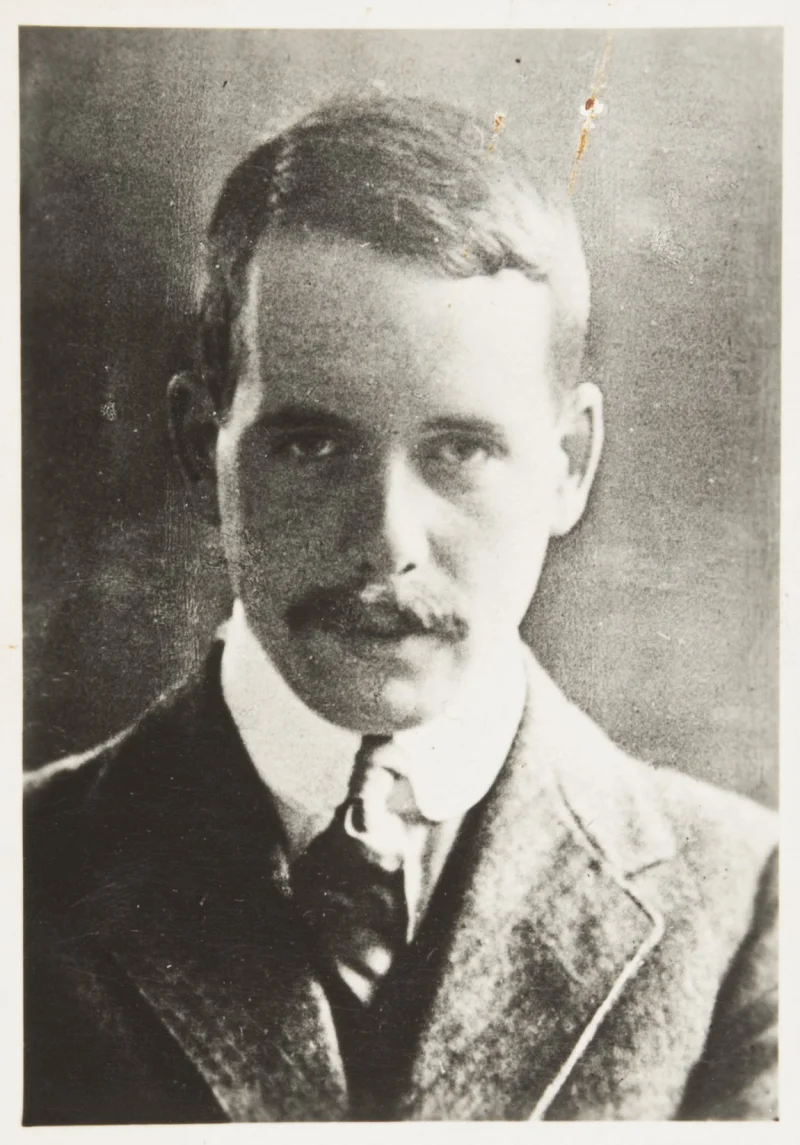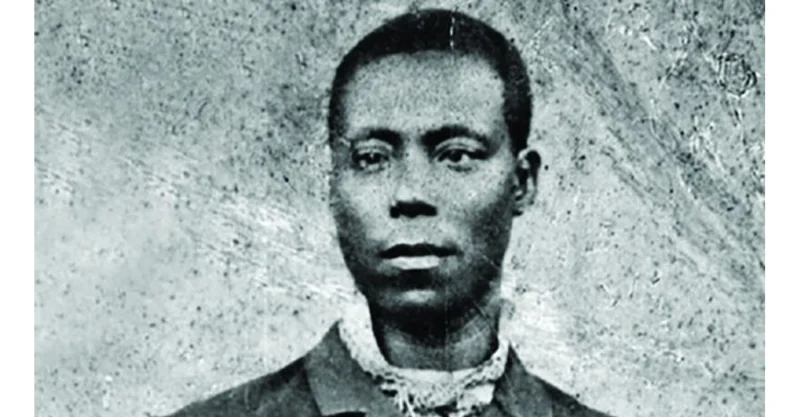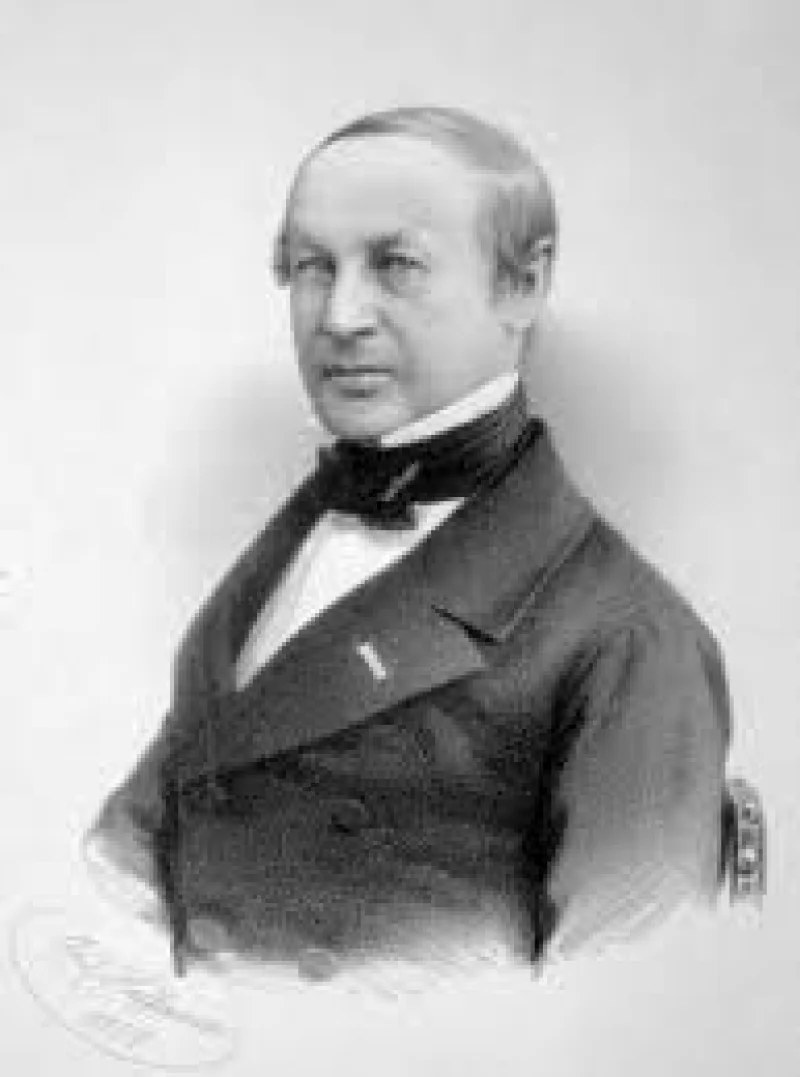Short Summary
Henry Moseley was a pioneering English physicist whose work had a profound impact on the field of atomic physics. Best known for Moseley's Law, he reorganized the periodic table based on atomic number rather than atomic weight, leading to a clearer understanding of the elements. His contributions significantly advanced the study of atomic structure. Tragically, his promising career was cut short when he was killed in action during World War I at the age of 27.
Early Life & Education
Henry Moseley was born on November 23, 1887, in Weymouth, Dorset, England. He was the son of Henry Nottidge Moseley, a renowned biologist and professor at the University of Oxford, and Amabel Moseley. This academic environment had a significant influence on his intellectual development. Moseley attended Eton College, where he demonstrated an aptitude for science, particularly physics. He later attended Trinity College, Oxford, where he earned his degree in natural science. His early education laid the foundation for his later groundbreaking work in atomic theory.
Career Highlights
After completing his education, Moseley joined the University of Manchester in 1910, working under the guidance of Ernest Rutherford. It was here that he conducted his most significant research. In 1913, Moseley published his findings on X-ray spectra, which led to the formulation of Moseley's Law. This established a systematic relationship between the frequency of X-rays produced by elements and their atomic number. His work provided the first experimental evidence for the concept of atomic number, transforming the organization of the periodic table and the understanding of atomic structure.
Major Achievements
- Formulated Moseley's Law, demonstrating a relationship between X-ray frequency and atomic number.
- Revolutionized the periodic table by organizing elements based on atomic number rather than atomic weight.
- Provided empirical evidence supporting the concept of atomic number, aiding in the discovery of new elements.
Famous Quotes
- "In science, we are interested in the things themselves, not in the people who make them."
- "The discovery of the atomic number system is as momentous as that of the periodic table."
Interesting Facts
- Moseley's work helped predict the existence of four new elements, later discovered as technetium, promethium, hafnium, and rhenium.
- Despite his significant contributions, Moseley never received a Nobel Prize, as he died at a young age.
- He was serving as a technical officer in the Royal Engineers when he was killed at Gallipoli in 1915.
Legacy / Influence
Moseley's work had a lasting impact on the field of atomic physics and chemistry. By redefining the periodic table based on atomic numbers, he provided a clearer understanding of elemental properties and relationships. His contributions laid the groundwork for future discoveries in atomic theory and nuclear physics. Moseley's untimely death is often cited as a significant loss to science, as his potential for further groundbreaking work was immense.
FAQ
Q: Why is Henry Moseley famous?
A: He is famous for Moseley's Law and reorganizing the periodic table by atomic number.
Q: What was Moseley's Law?
A: Moseley's Law established a relationship between X-ray frequency and atomic number.
Q: How did Henry Moseley die?
A: He was killed in action during World War I at the Battle of Gallipoli.












